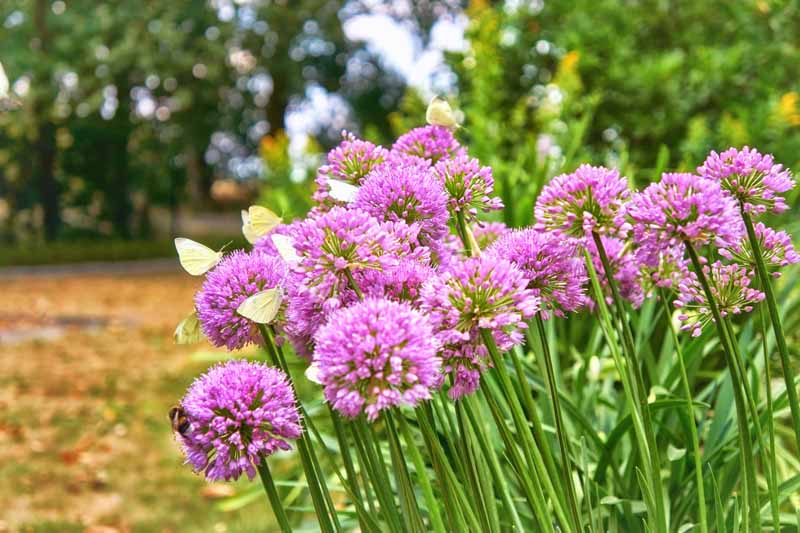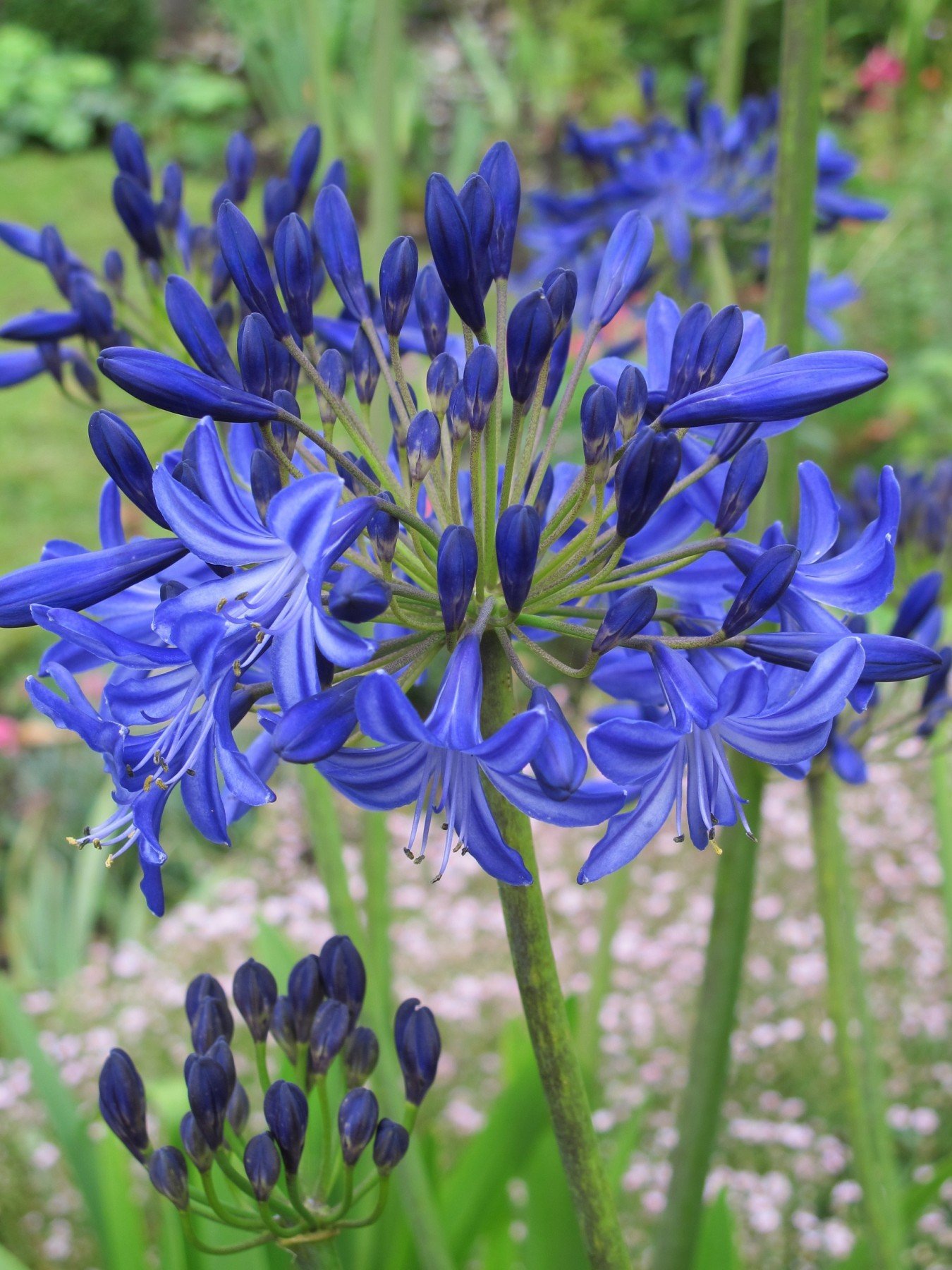Usual Agapanthus Issues and Exactly How to Resolve Them
Wiki Article
Understanding the Art of Agapanthus Treatment: Vital Actions for Healthy And Balanced Development and Vibrant Flowers
In the realm of gardening, the farming of agapanthus stands as a gratifying venture for those who look for to support these stylish blooming plants. With their striking blossoms and elegant foliage, agapanthus has actually caught the focus of gardeners worldwide. Nevertheless, attaining ideal development and vibrant blossoms needs a nuanced method that incorporates different necessary actions. From choosing the ideal variety to mastering trimming techniques, the trip towards cultivating thriving agapanthus plants is diverse and holds the key to unlocking the complete capacity of these botanical gems.
Choosing the Right Agapanthus Selection

When choosing the ideal Agapanthus variety for your garden, think about elements such as environment viability, bloom color, and development behavior. In addition, consider the environment in your area to make certain the Agapanthus variety you choose can flourish in your certain conditions. Recognizing the development routine of different Agapanthus selections is critical for appropriate placement within your garden.
Ideal Growing Problems
Taking into consideration the optimal ecological needs is necessary for successful Agapanthus farming. Agapanthus grows in well-draining dirt with a slightly acidic to neutral pH degree. When planting, select a location that gets complete sunshine to partial color. In hotter climates, offering some afternoon shade can prevent scorching of the fallen leaves. Agapanthus plants are delicate to cold temperatures and ought to be shielded from frost during winter season.To make sure healthy development and lively blossoms, plant Agapanthus bulbs at a deepness of regarding 2-4 inches and room them 8-12 inches apart. Including organic matter, such as garden compost, to the dirt can enhance drain and fertility, advertising durable origin growth. Mulching around the base of the plants assists keep wetness and suppresses weed growth. Regular watering is critical, specifically during the expanding season, to maintain the dirt regularly damp however not saturated.
Watering and Fertilizing Tips
Keeping proper dampness degrees and offering essential nutrients are crucial elements in the treatment routine for Agapanthus plants. It is vital to strike a balance when it comes to watering Agapanthus. If overwatered, these plants favor consistently moist soil yet are susceptible to root rot. Throughout the expanding period, water deeply as soon as a week, making certain the soil is well-draining to avoid waterlogging. In hotter environments or during durations of dry spell, more regular watering might be needed to maintain the soil evenly damp. Nevertheless, lower watering in the wintertime to avoid water logged conditions.Fertilizing Agapanthus is crucial for advertising healthy and balanced growth and respected flowers. Apply a well balanced fertilizer, such as a 10-10-10 formula, in the very early spring as brand-new growth emerges. By complying with these watering and feeding suggestions, you can guarantee your Agapanthus plants thrive and create vivid, durable blooms.
Pruning Strategies for Agapanthus
Trimming Agapanthus plants at the proper times and with correct methods is vital for keeping their health and wellness and promoting ideal growth and blooming. The ideal time to trim Agapanthus is in late winter months or early spring prior to brand-new development arises.Deadheading invested blossoms can additionally redirect the plant's energy right into producing even more blossoms rather than setting seeds. If you desire to collect seeds for propagation, leave some flowers to completely dry and fully grown on the plant.
Keep in mind to use tidy, sharp tools to make exact cuts and decrease read this the threat of presenting diseases. Agapanthus. Routine pruning will help maintain your Agapanthus looking neat and healthy and balanced while making sure a bountiful screen of stunning flowers
Managing Typical Parasites and Illness
After guaranteeing proper trimming strategies for Agapanthus, it is crucial to attend to typical parasites and illness that can affect the health and wellness and vitality of these plants. One typical bug that influences Agapanthus is the Agapanthus gall midget.Another typical concern is fungal leaf spot, which offers as dark sores on the leaves. To protect against fungal diseases, make certain excellent air circulation around the plants, avoid overhanging watering, and remove any type of contaminated fallen leaves without delay. Furthermore, Agapanthus plants can experience view publisher site root rot if they are grown in poorly draining pipes dirt. To stop this, plant Agapanthus in well-draining soil and stay clear of overwatering. By being alert and taking punctual action find out here now versus parasites and illness, you can assist your Agapanthus plants thrive and create dynamic flowers.

Final Thought
To conclude, understanding the art of agapanthus treatment involves choosing the right selection, providing optimal planting conditions, proper watering and fertilizing, appropriate trimming strategies, and attending to usual pests and diseases. By following these necessary steps, you can make sure healthy and balanced growth and dynamic blooms for your agapanthus plants. Keep in mind to on a regular basis keep track of and keep your plants to promote their general wellness and longevity.To make certain healthy growth and vibrant blooms, plant Agapanthus light bulbs at a deepness of concerning 2-4 inches and area them 8-12 inches apart. By complying with these watering and fertilizing ideas, you can ensure your Agapanthus plants flourish and create vibrant, long-lasting flowers.
One usual pest that impacts Agapanthus is the Agapanthus gall midget. Furthermore, Agapanthus plants can suffer from root rot if they are planted in improperly draining dirt. By complying with these important steps, you can make sure healthy and balanced development and lively blooms for your agapanthus plants.
Report this wiki page